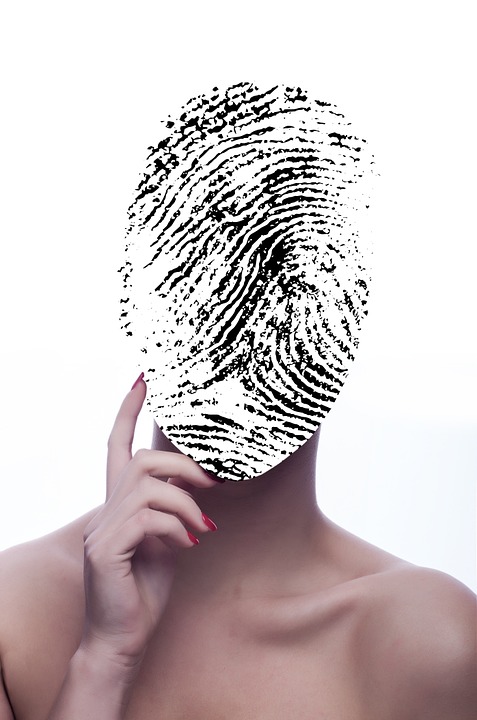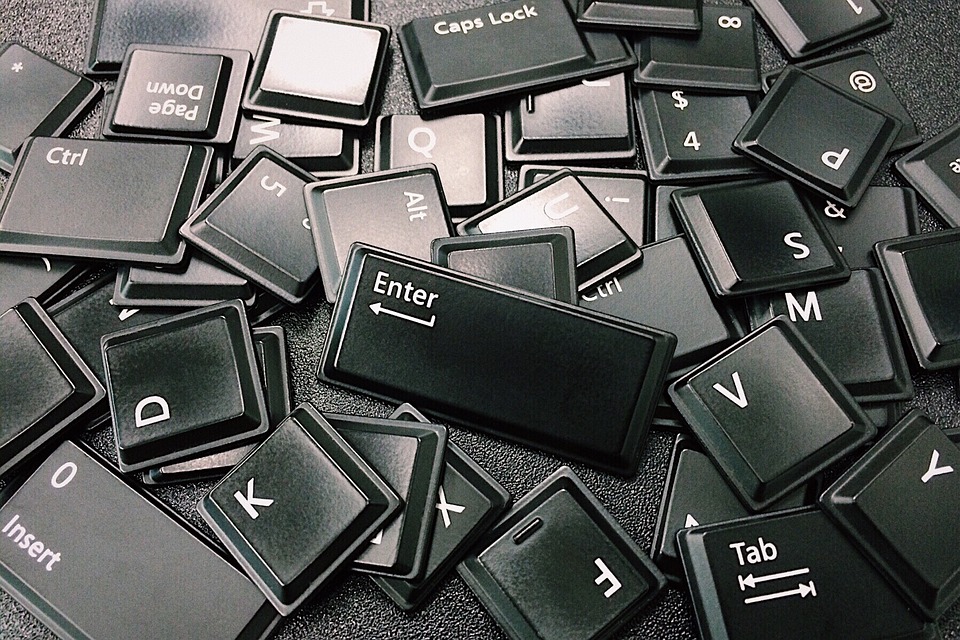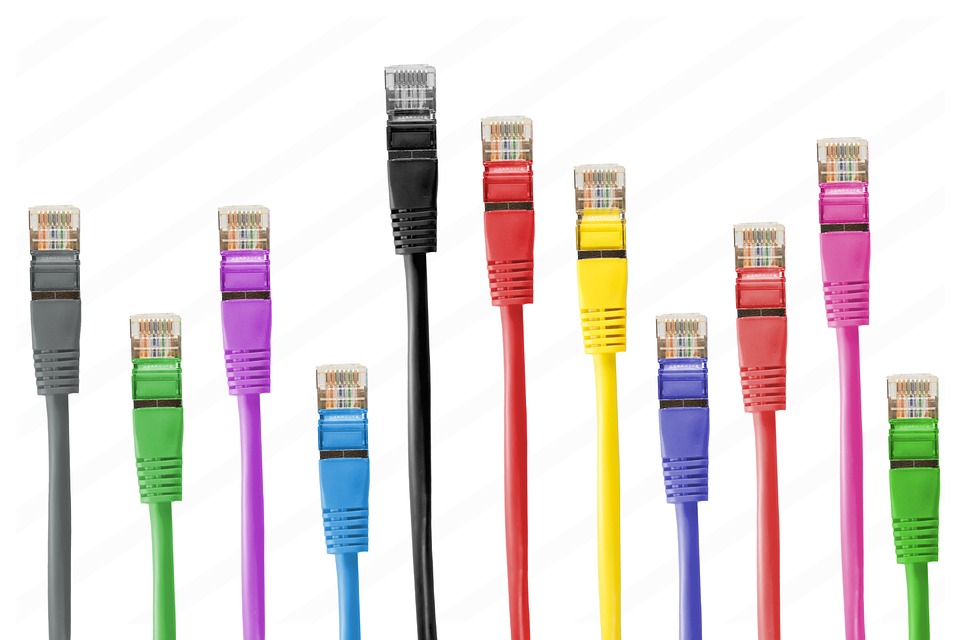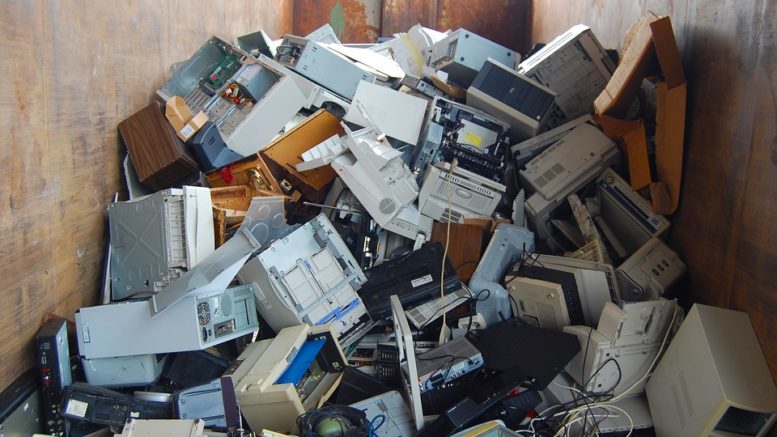Do you ever wonder where the parts of your PC end up after you throw it away? E-waste, also known as electronic waste, is the disposal of electronic and electrical devices. Correctly disposing of e-waste is essential in ensuring that electronic devices and their co parts can be recycled.
This is a vital process in the technology industry as there is a constant cycle of innovation and development of new products. The current problem that lies within the industry thus far is that only 12% of the world’s e-waste is being disposed of correctly.
There are a multitude of negative, harmful effects on the environment and on humans that arise when e-waste is incorrectly disposed of. A typical PC can contain up to 3.2 kg of lead and other levels of hazardous chemicals such as mercury, cadmium, beryllium and arsenic. All of these chemicals are known to have harmful and even detrimental effects on the human body when experienced doses in large exposures. More than 48 million tons of e-waste is produced annually and only 20% of this is ending up in the hands of recyclers. This means that the rest is likely to be in landfills. The toxic chemicals that live in the electrical devices, pollute drinking water and harm ecosystems across the globe.
What to do Before Throwing Out Your PC
Removing Personal Data
Deleting and wiping all of your personal data from your hard drive is the most important step to take before you get rid of or recycle your computer. Not only does this protect you and your privacy, it also eliminates the risk that come with software issues such as corrupt files and viruses.
Restoring your computer and erasing all personal information within it, is an irreversible process. If you do not want to lose specific files and data, back up the data before you restore your PC.
Firstly, uninstall the programs on your PC that keep count of your devices, for example Apple iTunes and Windows Office. Then, create an administrator account to delete all other remaining accounts with. When all the files and accounts associated with your device have been erased, embark on the restoration process that is on your PC to take the PC back to its factory settings. In order to completely dispose of the information on the hard drive, you will need to install or purchase a disk eraser. By using the disk eraser you can overwrite the data so that it can no longer be retrieved by an eraser programme.
How is a PC Recycled?
When getting rid of an old PC, there are options to consider when deciding how to dispose of it.
Re-Homing
Selling used electronic devices online is a common method used when we no longer need the equipment. Sites like EBay and Gumtree are good sites to compare prices of your model PC to see how much you could potentially sell yours for. There are other sites that will give you a quoted price on your used device, including Game, Samsung and Apple. However, trying to find someone to sell your used device to can be hard, especially if it is not in good condition.
When a PC is in bad condition and there isn’t much point re-selling it, there are recycling centres equipped to handle e-waste. To find these, look at your local authority’s website.
National Services
Dell is the leader in the market when it comes to PC recycling, accepting PC returns whatever time if initially bought from Dell.
Apple also offers customers the chance to return PCs of any model in all of their stores as well as allowing for a trade in of their products when buying new ones.
Other corporations such as Computer Aid International, recycles equipment to use in schools, hospitals and charities in over 100 countries. Also promising to erase your personal data, this process is beneficial to the environment and the economy.
How are the Different Parts of a PC Recycled?
The Keys

Perhaps the easiest and most common part of a PC that can be recycled is its’ keys and the keyboard body. These parts are made up of plastic and they are put through a shredding process which allows for the plastics to be sorted from metal scraps. The plastic pellets are then recycled to make other products.
LCD Screens
Initially this process involves separating the glass, polariser foils, and the copper and indium compounds. Made of cellulose acetate, the polariser foils can be valuable when they are not degraded during the treatment process. Mechanical crushing and gravity concentration helps to recover the polariser and glass.
Processors, Memory and Printed Circuit Boards (PCBs)
Formed from a selection of materials including plastics, fibreglass and metals. Once sorted, each of the materials undertake a series of specialised processes. Often achieved through smelting or hydro-metallurgical processing to recover precious metals like gold.
Drives, Fans
Simply made up of metals and plastics within workstations that are recycled.
Batteries
Initially evaluated for reuse, the batteries are observed to see if they are fit for further duty and if not then they are sent to be recycled. The case of the battery is made up of plastic and the rest of the battery goes through pyrolysis.
Cables

If there is no damage to wires and cables then they can be reused. High-grade copper can be recovered by a hydrological process after chopping the wire into small pieces, this results in the copper stinking and the insulation pieces float. The plastic insulation used in wires is difficult to recycle back into plastic products due to the granulated particle size and the broad mix of plastic resin types.
Final Thought
Help somebody else in need and also reduce the harmful effects PC components have on the environment and on humans via e-waste by researching your options before throwing away an old PC (or any electrical device).

Be the first to comment on "What Happens to Your PC When it is Recycled?"